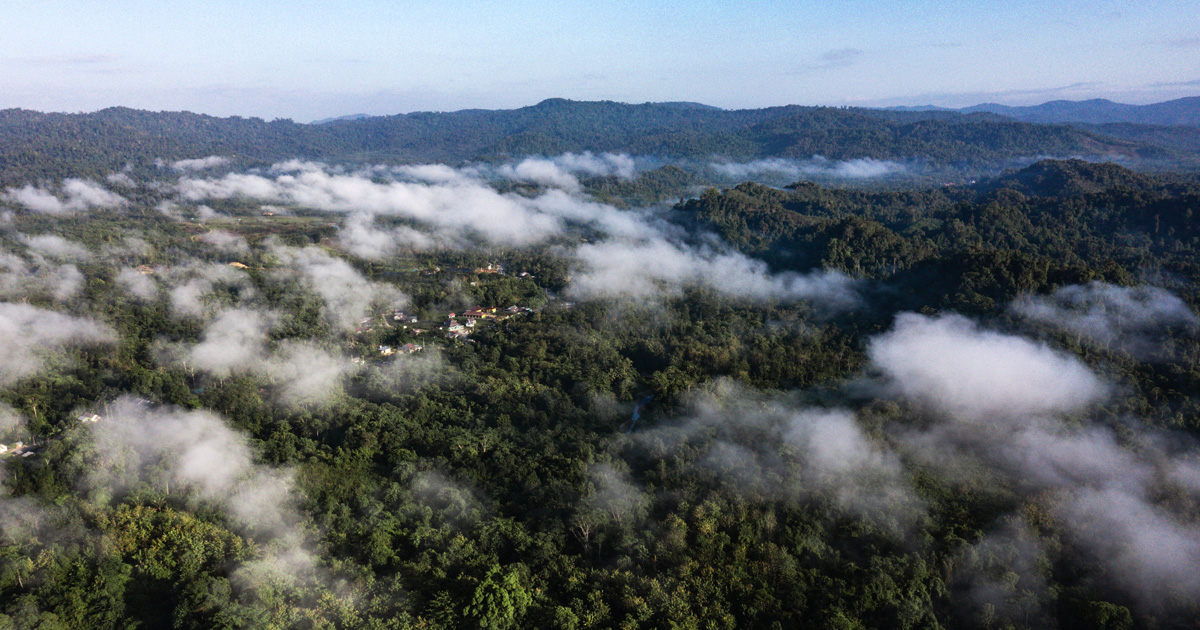Increasing the productivity in both crop and agroforestry subsectors is one of the measures taken to improve food security and livelihoods of subsistence farmers. This improvement can only be realized if subsistence farmers have access to quality planting material. The lack of high-quality planting material has been repeatedly identified as a major constraint to greater adoption of agroforestry innovations. The recognition of this fact has led to the development of national seed and seedling programs. However, the low capacity of these programs, the sluggish growth of the private sector, and the demand of subsistence farmers means they are obliged to seek alternative models. This paper discusses results and experiences drawn from a community-based seed and seedling production and dissemination system in the Western Highlands of Cameroon. The system is built on the concept of a rural resource centre in which capacities of farmers were strengthened to multiply improved planting material of four food crops and five fruit tree species. The rural resource centres are now sources of quality seeds and seedlings for farmers and institutional clients. The system has effectively improved the on-time dissemination, accessibility, affordability, and availability of quality planting material which are obtained at affordable prices due to proximity and reduced transport and distribution costs. Income from selling improved planting material has become an incentive for rural resources centres and helps to ensure sustainability of the system. Availability of quality seeds was found to increase on-farm crop yields by 20–40 %, while demand for improved seedlings has surpassed supplies in participating communities. The successful dissemination of this approach requires much more than the transfer of knowledge and availability of improved germplasm; it involves supporting the capacities of the rural resource centres, building partnerships with a range of stakeholders, increasing the involvement and interaction of government services, improving storage and marketing strategies, and decreasing dependency on external resources. The main challenge of the future is how to make such a system sustainable. Furthermore, in addition to the challenge of projecting and meeting the quantitative demands of farmers and other stakeholders, issues of seed quality and genetic diversity still need to be addressed when designing and implementing effective seed supply strategies and policies.
DOI:
https://doi.org/10.1007/978-3-319-07662-1_24
Altmetric score:
Dimensions Citation Count:























